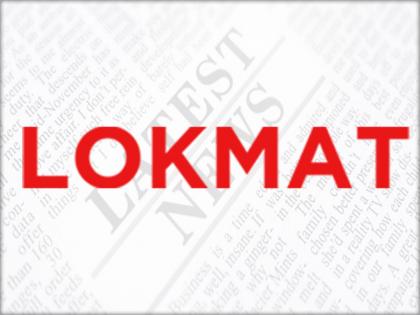Look forward to what you learn about lunar South Pole: NASA congratulates ISRO
By ANI | Published: July 22, 2019 10:34 PM2019-07-22T22:34:50+5:302019-07-22T22:45:02+5:30
National Aeronautics and Space Administration (NASA) on Monday congratulated Indian Space Research Orgsation (ISRO) over the successful launch of Chandrayaan-2 mission.

Look forward to what you learn about lunar South Pole: NASA congratulates ISRO
National Aeronautics and Space Administration (NASA) on Monday congratulated Indian Space Research Orgsation (ISRO) over the successful launch of Chandrayaan-2 mission.
"Congrats to @ISRO on the launch of Chandrayaan 2, a mission to study the Moon. We're proud to support your mission comms using our Deep Space Network and look forward to what you learn about the lunar South pole where we will send astronauts on our #Artemis mission in a few years," the American Space Agency said in a tweet.
NASA plans to send astronauts to Moon's South Pole by 2024 under the mission. Artemis is the name of the twin sister of Apollo (another name on which NASA had named one of its missions), the goddess of Moon in Greek mythology.
The two agencies have been cooperating over a lot missions. ISRO and NASA are realizing a joint satellite mission called NISAR (NASA ISRO Synthetic Aperture Radar) for earth science studies.
India on Monday created history by successfully launching the country's second indigenous Chandrayaan-2 mission to the Moon, a feat which comes 11 years after the launch of Chandrayaan-1.
Chandrayaan-2 is India's first space mission that will conduct a soft landing on the moon's South Polar Region. The mission makes India 4th country to the soft-land rover on the surface of the moon after Russia, USA, and China.
Chandrayaan-2 will explore a region of Moon where no mission has ever set foot. The spacecraft consists of an orbiter, a lander, and a rover together referred to as "composite body." The probe's total mass is 3.8 tonne and is expected to land on the Moon's South Polar Region on September 6 or 7 this year.
( With inputs from ANI )
Open in app